Video and transcript.
Like I said, this is all based in .NET C#. So you'll see as we go through this, it's a lot more intuitive and a lot more graphical than GP itself.
We have a dashboard. The dashboard can be altered so you can edit layouts, put different metrics and charts here on the dashboard. The dashboard charts can be drilled into, so if you want to look at the aging, you just double click and this brings up your aging.
A couple of things I want to point out, as far as navigation and how the system works, is anywhere in the system where you have a grid layout like this, this grid is customizable by the user. So if, for you, you don't like total here, you like it at the end of the columns, you can just drag this over and then that becomes the way your aging looks whenever you bring up aging. This works throughout the system anywhere you see a grid. Anywhere you see a grid, you can also sort by just clicking the column or heading. You can filter by clicking the filter button; do greater than, less than, equal to - whatever type of filters you want to do there.
You'll also see up here there's this little drop-down. So, if I'm a supervisor, I can see my records and all the people who report to me, and you'll see that throughout the system. So we have a mini reporting structure. So I could report to Jim, but I could also report to Don or somebody else, and both of them could see my accounts, my aging, my tasks - everything that they need to see about what I'm doing and how I'm handling my collection efforts.
We also have integrations with Excel, throughout the system, so you'll see this little Excel button. As long as you have security, you can just one click and send this out to Excel.
So, also as part of the set-up and implementation we talked about, you can set up user fields, however many user fields you want; you can create as many strategies as you want and have those user fields using the strategy. You can determine how the credit rating system works, based on the percentile of sales and the average days to pay. We do handle multi-currency, if you have multi-currency, but some of the things that you will definitely be setting up is all of the different actions and responses that are in the system.
You can set up as many of the different actions as you want - so calls one, two, three, count review, collection letter one, two, three, reminders. We have an automatic skip payment, so if you have a customer that has five invoices and they paid the first, the second, and the fourth, you can have the third either show up as a task for a collector of review or automatically the system will send and say "Hey, we notice the payment or an invoice was skipped. Here's a copy, let us know if there's any issues." So some of that’s proactive collections, because you know usually if they skip an invoice something's happened. Either they didn't get it or there's an issue with it or something. So we can get that out to them automatically that way.
For each one of these actions that's taken, you can put in a little task and what it can be used for, and then we also allow you to set up on unlimited statuses. So whatever status you want to have in the system, as far as the account, you can create those and have the different descriptions.

Providing breakthrough software and services that significantly increase effectiveness, efficiency and profit.
Call us at (813) 642-7230
sales@dynavistics.com |1057 S Florida Ave, #8852, Lakeland, FL 33803 | ©2022 Dynavistics, Inc.. All Rights Reserved.